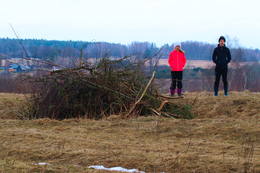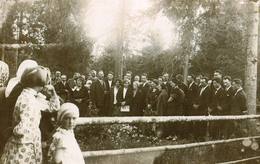Paieška
Vieta
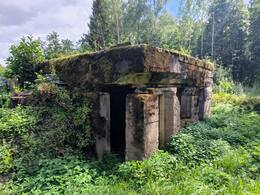
Vokietijos kariuomenės Kimbartiškėse artilerijos pozicijos
Pasiekiama, išsukus iš 5303 kelio, miško keliais. 1915–1918 m. Vokietijos 8 armijos 88 divizijos šiame fronto ruože kovojusi ...
Vieta
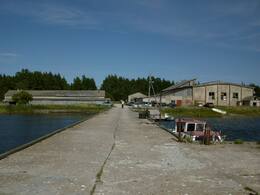
Papisaarės vandens lėktuvų bazė
Šis hidroplanų uostas yra Papisaarės pusiasalyje, į kurį iš nedidelio Kihelkonnas miestelio veda istorinis akmenimis grįstas ...
Vieta
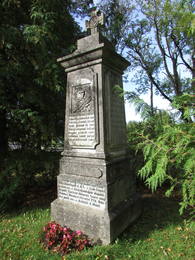
Nepriklausomybės kovų paminklas Valjaloje
Šis paminklas yra Valjalos bažnyčios šventoriuje. Jį sukūrė Antonas Õunapuu. Paminklas, skirtas atminti Nepriklausomybės kar ...
Vieta
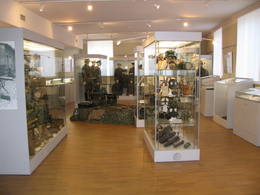
Estijos karo akademijos muziejus
Šis muziejus įsikūręs Karo akademijos pastate ant Riiamägi kalno Tartu mieste. Jis išaugo iš Gynybos lygos archyvo, įkurto X ...
Vieta
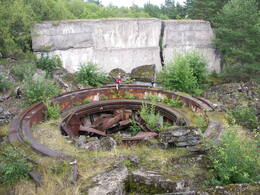
Aegnos sala
Trijų kvadratinių kilometrų ploto šioje saloje, esančioje šiaurės rytiniame Talino įlankos kampe, yra platus pakrantės gynyb ...
Vieta
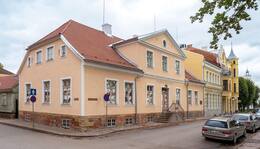
Viljandžio muziejus
Šis muziejus įsikūręs senoje vaistinėje Viljandžio centre. Pagrindinėje abiejų aukštų ekspozicijoje pristatoma Viljandi apyg ...
Vieta
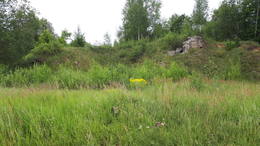
Pirmojo pasaulinio karo mūšio laukai
Pirmojo pasaulinio karo metu Daugpilio krašte keletą metų buvo įsikūrusi vadinamoji „Gyvybės ir mirties“ fronto linija, kuri ...
Vieta
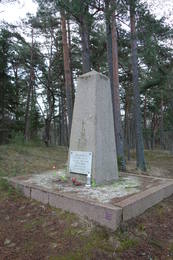
IIMS metu mirties bausme įvykdytų žmonių atminimas
Prie masinio kapo Rae miške, Reiu kaime, yra du paminklai. Paminklas buvo pastatytas 1967 m., antkapinis akmuo po Estijos Re ...
Vieta
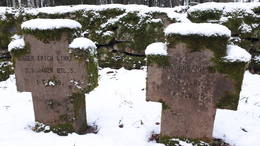
Pirmojo pasaulinio karo karių kapai Jedes kapinėse
Lindos dvaro arba Jedes kapinės yra Kegumo–Jaunjelgavos kelio (P85) pakraštyje. Šalia baronų Haanų šeimos kapinių, aptvertoj ...
Vieta
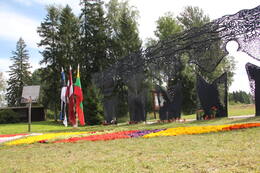
Skulptūra, skirta Baltijos keliui
Įsikūręs Ungurinių-Lilių pasienio punkte tarp Latvijos ir Estijos. 2009 m. pavasarį Ķonių parapijos savivaldybė, kurios teri ...
Vieta
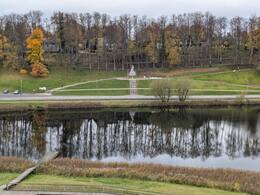
Paminklas „Smuikininkas“
Paminklas „Koklētājs“ Talsuose, Ķēniņkalnyje, skirtas Laisvės kovotojų atminimui (autoriai K. Zemdega, skulptorius V. Titans ...
Vieta
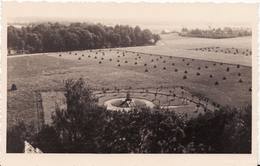
Paminklas Pirmajame pasauliniame kare ir Nepriklausomybės kovose žuvusiems kariams
Įsikūręs netoli Burtniekų evangelikų liuteronų bažnyčios ir klebonijos. Matyti 1934 m. netoli Burtniekų evangelikų liuteronų ...
Vieta
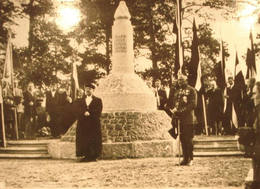
Paminklas Jaškove Latvijos išsivadavimo kovoje žuvusiems kariams
Įsikūręs kairėje Viliakos–Vientulio kelio atkarpos (P35) pusėje, šalia Jaškovos kapinių koplyčios. Paminklas Latvijos ir Est ...
Vieta
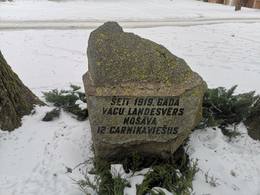
Paminklas skirtas atminti Carnikaviečius, kuriuos 1919 m. sušaudė Landesveras.
Įsikūręs Carnikavos parko pietvakariniame kampe, Jūras ir Nākotnes gatvių sankryžoje, tarp dviejų ąžuolų. Granitinis paminkl ...
Vieta
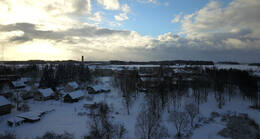
Jaunmuiža ir 1-asis Latvijos atskirasis batalionas
Šiandien Jaunmuiža, anksčiau Jaunāmuiža, yra apgyvendinta vieta Kuldygos savivaldybėje, esanti prie Skrundos–Ezerės kelio, 7 ...
Vieta
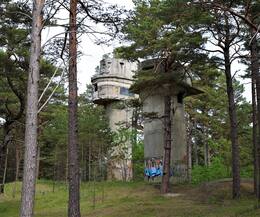
23-iosios Kranto baterijos antrasis tolimatis (1954 m.)
Tolimatis (datuojamas 1954 m.) yra kopos pušyse, 10 m atstumu nuo 1941 m. tolimačio. Kranto baterijos 1-ojo ir 2-ojo patrank ...
Vieta
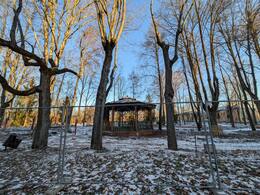
Tvirtovės (Komandanto) sodas
Įsikūręs Daugpilio tvirtovės centrinėje dalyje. Sodas buvo įkurtas XIX a. antroje pusėje buvusios tvirtovės aikštės vietoje. ...
Vieta
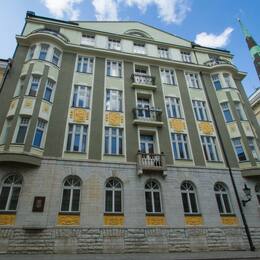
KGB kalėjimo kameros
Šis muziejus įsikūręs buvusių NKVD ir KGB būstinių rūsyje Talino centre. Pagari gatvėje 1 esančiame pastate buvo įsikūręs vi ...
Vieta
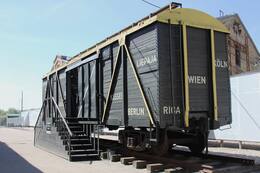
Rygos getas ir Latvijos Holokausto muziejus
Rygos geto ir Latvijos Holokausto muziejus yra įsikūręs Rygoje, netoli Rygos centrinio turgaus ir Rygos centrinės stoties. M ...
Vieta
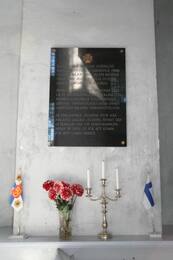
Atminimo lenta suomių jėgeriams Šv. Trejybės katedroje Liepojoje
Suomijos jėgerių atminimo lenta yra Liepojos Šventosios Trejybės katedroje, Lielā iela 9. Suomijos jėgeriai buvo Vokietijos ...
Vieta
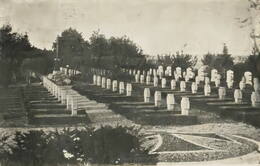
Vokiečių armijos kapinės Tukume
Įsikūręs Tukme, Kapų kalne. Kapinės buvo įkurtos Pirmojo pasaulinio karo metu. Greičiausiai jose palaidoti Tukumo ligoninėje ...
Vieta
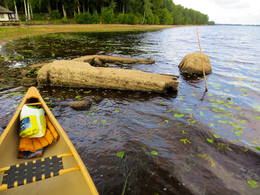
Vokiečių armijos betoninio gaisrinės posto liekanos Kegumo HE rezervuare netoli Podniekių
Įsikūręs Kegumo HE rezervuare, nedidelėje įlankoje, apie 20–30 m nuo Dauguvos kranto, priešais Podniekių namą. Gaisrinės kon ...
Iš viso 1753 elementai, atitinkantys jūsų paiešką.




